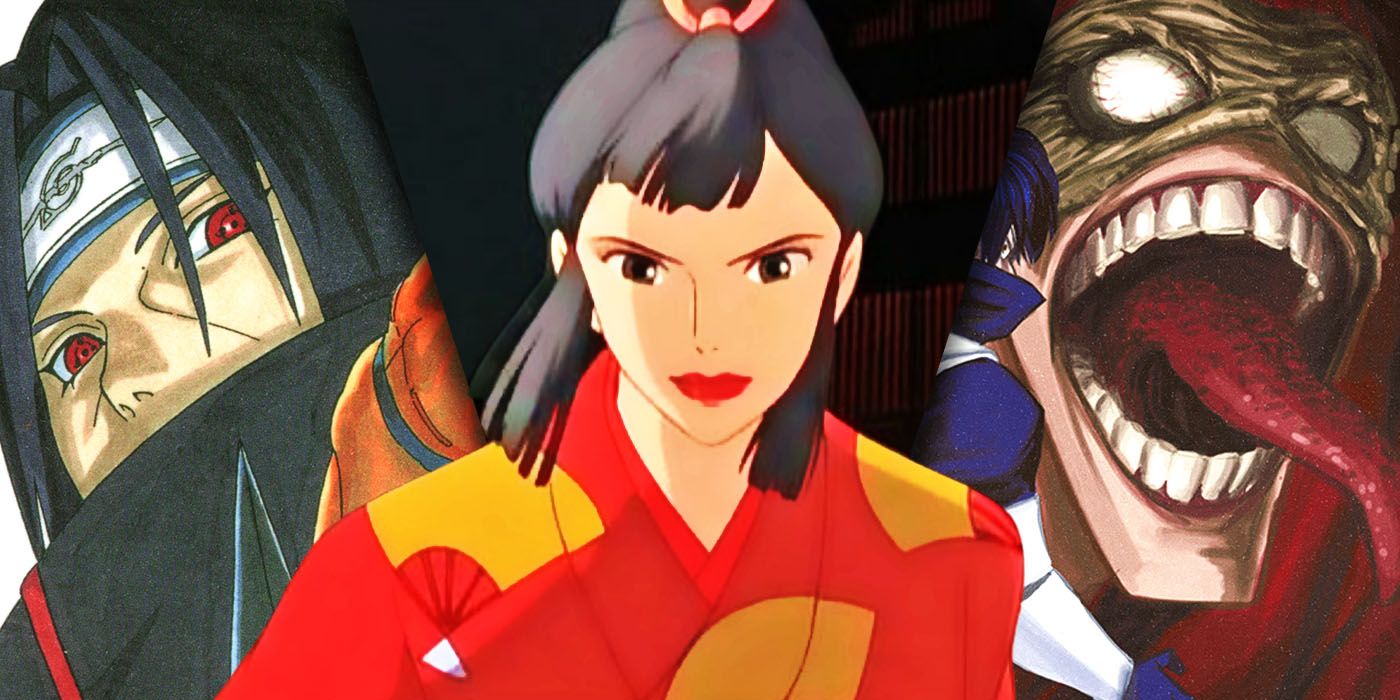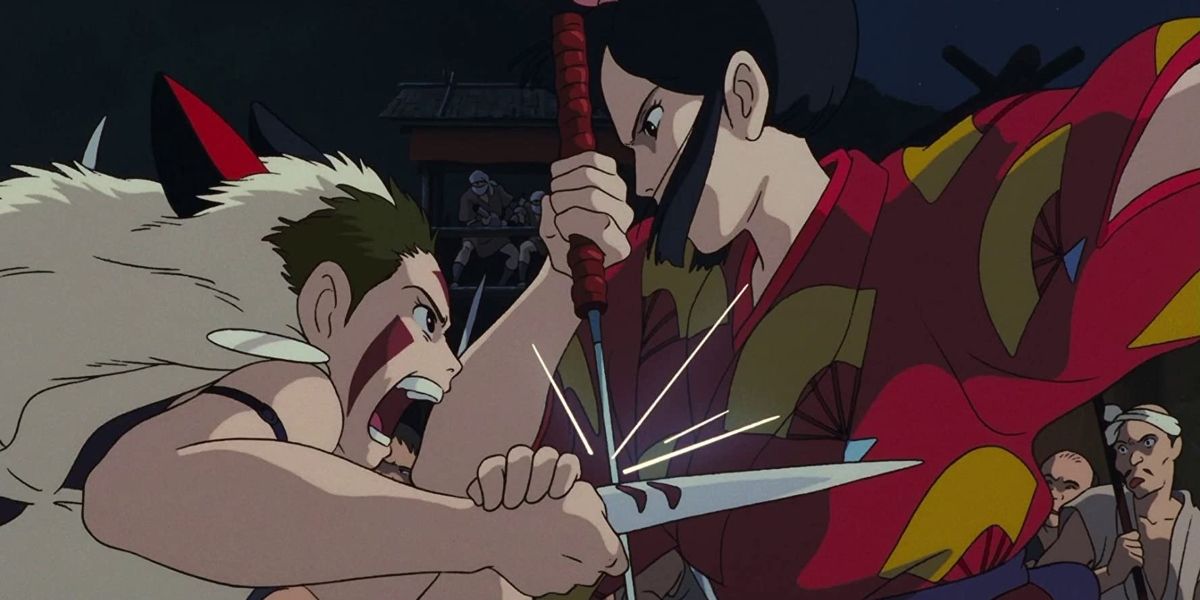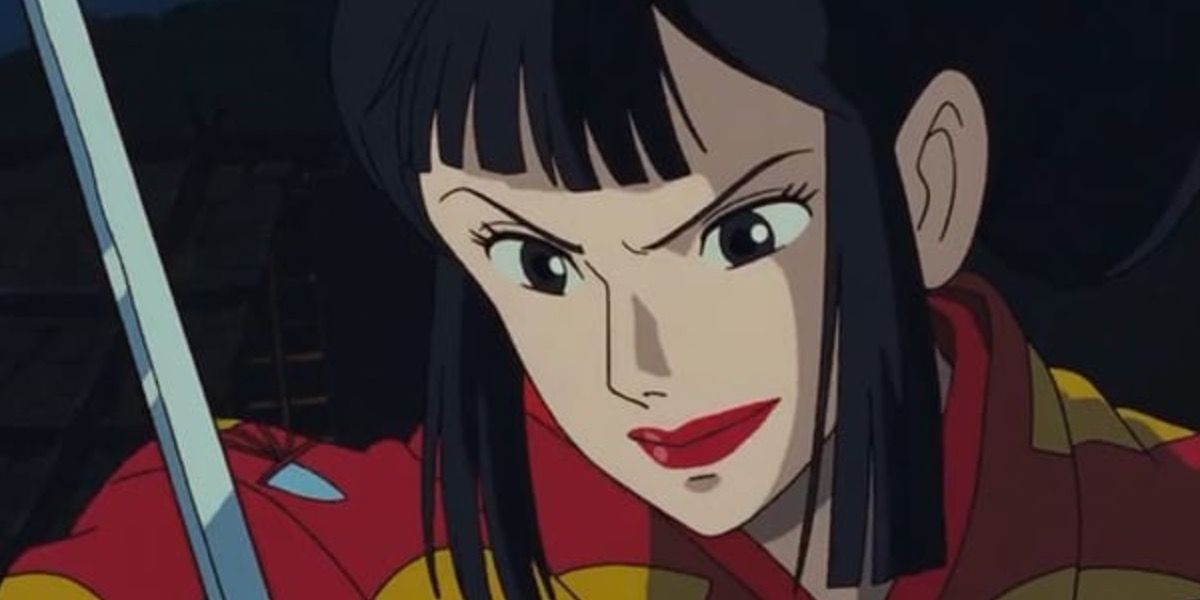Summary
- The overall anime industry and Studio Ghibli share well-written anti-villains that captivate fans with their moral complexities and heroic intentions.
- Anime features a spectrum of complex villains, like Light Yagami and Itachi Uchiha, while Studio Ghibli's Lady Eboshi stands out for her balance of compassion and ignorance.
- Lady Eboshi's nuanced character challenges moral boundaries, making her a morally grey anti-villain, unlike typical sympathetic villains in anime.
For decades, there has been a split between the anime industry and independent animated films, most notably from Studio Ghibli. While there are more differences than similarities, the one detail they both share is a part of storytelling that has captured the attention of fans in the most twisted ways. This critical detail is the well-written anti-villains that mark the unforgettable conflicts across many franchises.
According to TV Tropes, an anti-villain is "a character with heroic goals, personality traits, and/or virtues who is ultimately the villain. Their desired ends are mostly good, but their means of getting there range from evil to undesirable." In layman's terms, the idea is that the ends justify the means, and a question of morals is not an issue if the results are morally good. One of anime's strongest points is the spectrum of villains across different series, but one particular Studio Ghibli anti-villain sets a standard that no other film or television series has been able to copy.
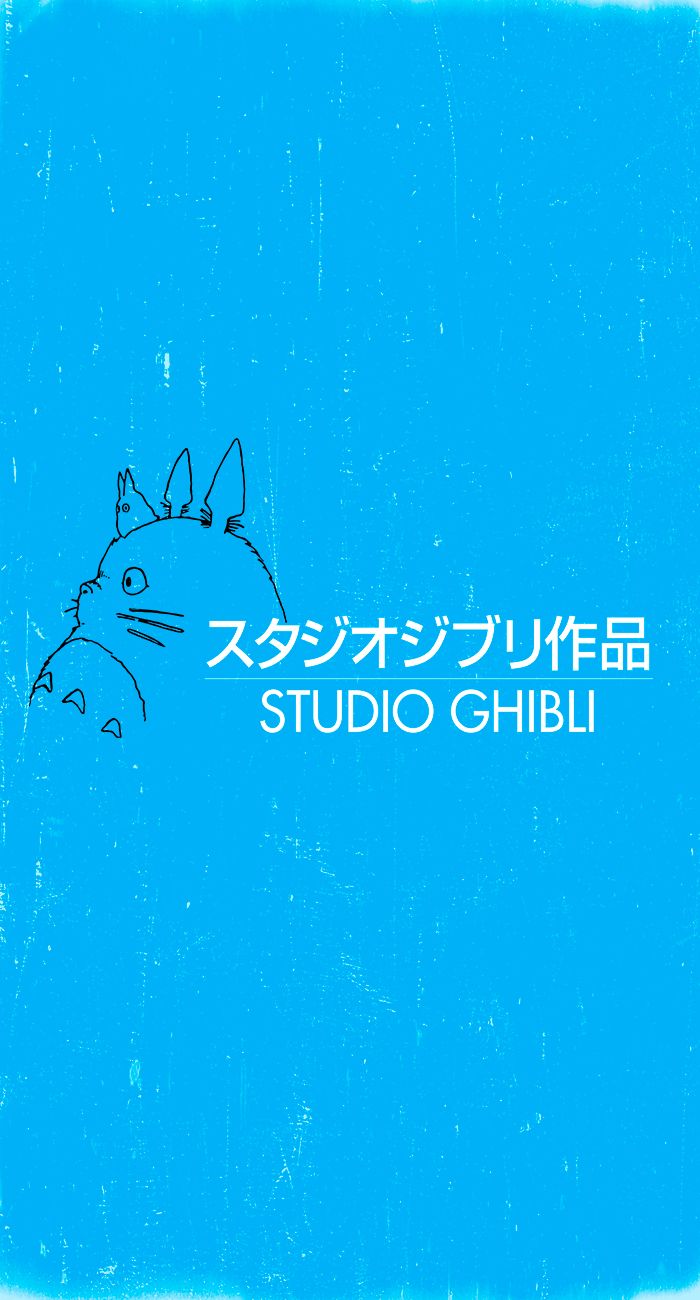
Studio Ghibli
Studio Ghibli, Inc. is a Japanese animation studio based in Koganei, Tokyo. It has a strong presence in the animation industry and has expanded its portfolio to include various media formats, such as short subjects, television commercials, and two television films. Their work has been well-received by audiences and recognized with numerous awards. Their mascot and most recognizable symbol, the character Totoro from the 1988 film My Neighbor Totoro, is a giant spirit inspired by tanukis and cats .
The Modern Anti-Villain Comes From a Long History of Complexity and Layers
|
Name |
Anime |
End Goal |
|---|---|---|
|
Rosine |
Berserk |
Freeing children of the abuse from adults. |
|
Android 16 |
Dragon Ball Z |
Defeating Goku without any other casualties. |
|
Light Yagami |
Death Note |
Creating a world free of crime. |
|
Itachi Uchiha |
Naruto |
Avoiding war. Protecting his younger brother. |
|
Stain |
My Hero Academia |
Ridding the world of fake heroes. |
|
Gabimaru |
Hell's Paradise |
Leaving behind a life of crime. Living a life of peace with his wife. |
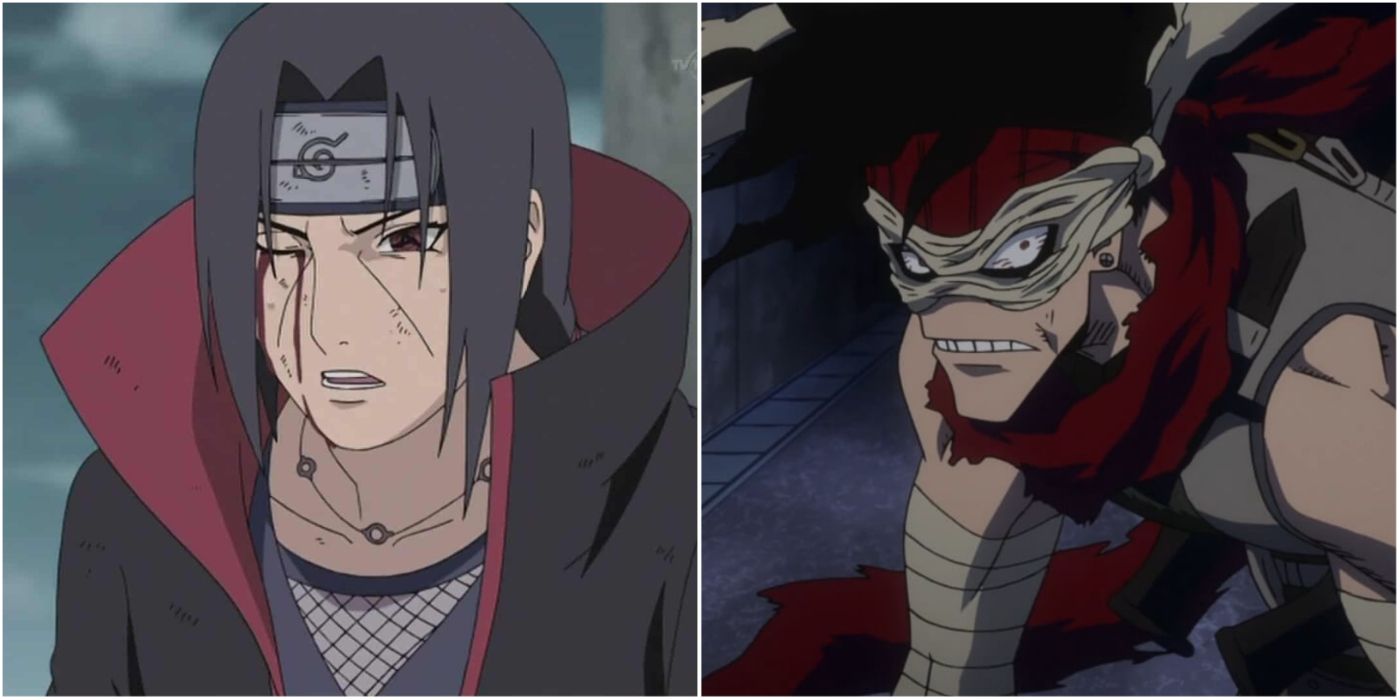
10 Most Complex Anti-Villains in Anime
Anti-villains act in nefarious ways while still having some admirable traits under their belts.When an anime villain is written well, they are either psychologically complex, bring another level to power scaling, serve as the perfect challenge for the hero, or combine these details. Anime villains often steal the show from the hero and are the most engaging characters in the series. One of the biggest trends in anime is a layered villain whose heroic intentions make the heroes and audience question morality.
This trend goes as far back as the '90s and possibly further back. The 1997 anime Berserk had plenty of iconic villains, but the anti-villain Rosine has a surprising twist. Rosine is a major antagonist of the series. Her twisted mind led her to believe that harming others, children no less, is an act of mercy. From her abusive upbringing, she concluded that adults are evil, and it's her mission to save children from their parents' cruelty. Around the same time that Berserk was broadcast, the series Dragon Ball Z aired and gradually featured its own emotionally stirring anti-villains.
Android 16 and many of his comrades blur moral archetypes, some of them eventually growing into heroes later on in the anime. The most notable anti-villain from this franchise is lovable yet terrifying Broly. While he causes more damage to Goku and his friends than most villains, he's not doing it because he wants to but because his father is forcing him to. Broly's true personality is sweet and earnest. Sadly, circumstances generally outside his control push him to commit villainous acts. From Berserk and Dragon Ball Z's examples, anime followed the trend of layered and complex villains, many of whom aren't considered evil. The next wave of anti-villains is led by the protagonist of the 2006 Death Note and many of the villains from Naruto throughout the early 2000s.
Death Note's Light Yagami is the subject of many debates on moral alignment, but he fits best into the category of anti-villain. Light's goal of world peace and specific target of vile criminals is heroic, but the way he manipulates and causes pain for others, including his family, and how he's so overwhelmingly apathetic and narcissistic leans his character towards more of a villain morality. Throughout Naruto, the idea of sympathetic and relatable villains is taken to another level. The most complex anti-villain among them all is Itachi Uchiha. Many fans were taken aback by the revelation of Itachi's heroic qualities. He wiped out his entire clan except for Sasuke as a way to avoid the civil war that the Uchiha were plotting. Itachi's act as a hateful villain and his abuse of his younger brother is because he is trying to turn Sasuke into the hero who defeats him and brings further peace to their village.
Moving forward in anime history, Naruto's trend of sympathetic villains continues, but there are certain series that maintain Death Note's touch of dark villainy. Before Attack on Titan popularized the dark-toned horror and thriller genre in anime, the series Psycho-Pass was broadcast in 2012. This anime features the antagonist Shogo Makishima, an anti-villain similar to Light Yagami. In a world where crime is controlled by a system that predicts immoral behavior before it happens, Makishima breaks the system through his skills of manipulation and intelligence. His personality is apathetic, yet he wishes to free humanity from the burden of this controlling system.
In the most recent era of anime, the series My Hero Academia (2016) and Hell's Paradise (2023) feature villain-like characters who blur morality even further. My Hero Academia, or MHA for short, is centered around defining heroes and villains — the major point of this concept is to show the consequences of narrowing these labels. While many villains throughout the series are sympathetic or have psychological reasons for committing crimes, the complex villain who stands out among them all is Stain: the Hero Killer. Stain might appear to be a homicidal serial killer of professional heroes, but in a twisted way, his horrific actions are making a valid point — not all Pro Heroes deserve to be heroes. Stain has a surprising set of moral rules that prevents him from harming genuine heroes like the protagonist Deku and this revelation shows an unexpected side to his character.
The anime Hell's Paradise takes a different route with its anti-villain character and makes him the protagonist. Gabimaru is raised as a ninja -- those who work against the law of the Edo-Japanese era. From his upbringing, Gabimaru has a weak relationship with morality. Gabimaru's character goes beyond the traditional archetypes of anime protagonists. In terms of Dungeons and Dragons alignment, he grows up as a True Neutral character. The influence of his wife leads him to a morality of good, but his neutral tendencies leave him lacking in heroic traits. When given the chance to do something right, Gabimaru is motivated to try and change. It takes him several episodes to show this transformation, but he gradually leaves behind his villainous persona and attains balance in his morality.
Anime has gone through various anti-villain characters whose motivations and actions blur morality and challenge the story's hero. This is one of the few similarities that can be drawn between the television anime industry and the legendary animated films from Studio Ghibli. Studio Ghibli films may have more complexities throughout their cast and plot, but, like anime, the antagonists are complex, fleshed-out and have critical roles in each of the movie's narratives. Among Studio Ghibli's anti-villains, Princess Mononoke's Lady Eboshi is the most interesting and effective.
Lady Eboshi Set a Standard of Her Own for Complex Villains
|
Name |
Movie |
End Goal |
|---|---|---|
|
Yubaba |
Spirited Away |
Make profits for the bathhouse. |
|
No-Face |
Spirited Away |
Love and adoration. |
|
Commander Kushana |
Nausicaä of the Valley of the Wind |
To defeat her nation's enemy. |
|
Lady Eboshi |
Princess Mononoke |
Support the progress of her people. Protect her people from any threats. Change the world into her ideal image. |
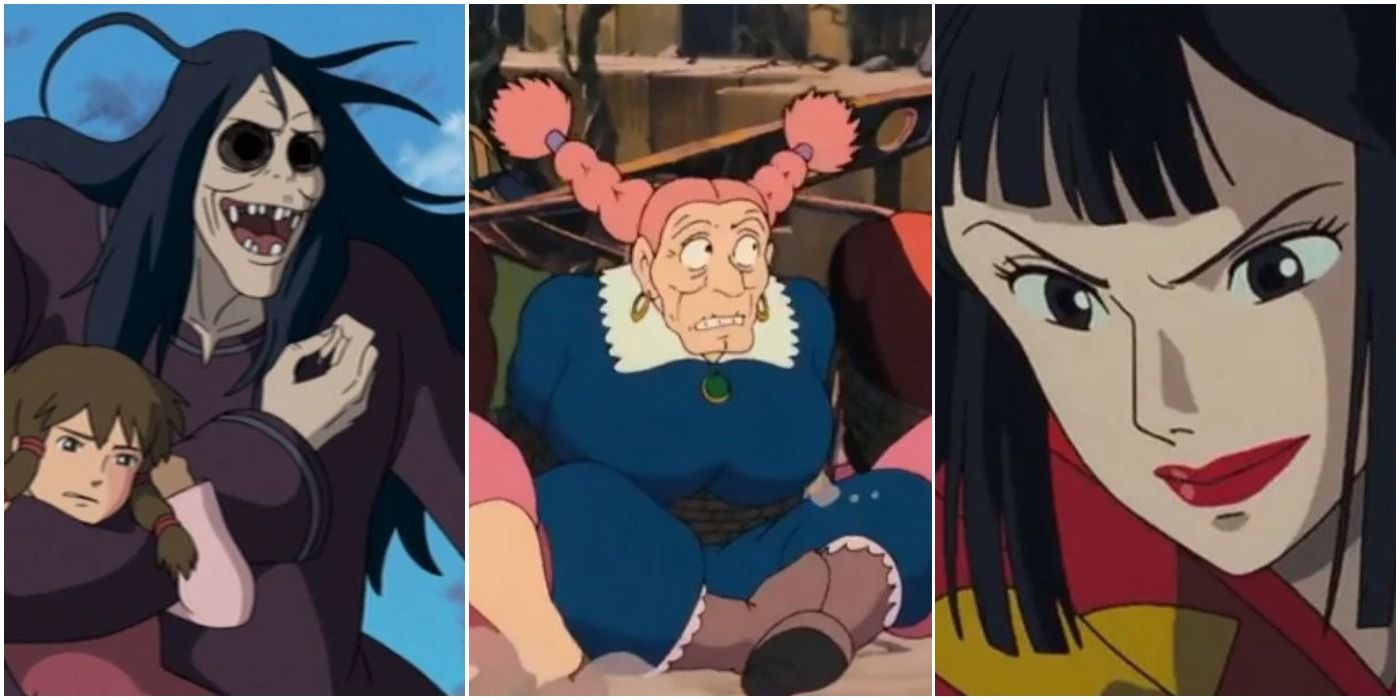
8 Times Studio Ghibli's Villains Stole The Show
Several of Studio Ghibli's films have villains who are just as memorable as the lead protagonists, if not more so.Spirited Away had the greedy Yubaba and No-Face; Nausicaä of the Valley of the Wind had the aggressive and resilient Commander Kushana; Princess Mononoke's antagonist created a new type of villain who is both abhorrent and sympathetic. The defining Hayao Miyazaki film is a fantasy drama centered around the motif of man versus nature. The protagonist, Prince Ashitaka, is cursed after protecting his people from a wild boar God from the West, poisoned by hatred and evil. With no choice but to leave his homeland and abandon his birthright, Ashitaka takes it upon himself to resolve the conflicts of the Western forests. He learns that one of the core instigators is not the evil villain he anticipated.
When Ashitaka arrives at the Western Forest, he sees that the conflict is between the forest spirits who want to live in peace and the nearby human beings of Irontown using the forest resources for their own gain. The Spirits fight back against the humans' progressive efforts, while the humans of Irontown are angered by the restrictive and life-threatening rebellion of the Spirits — this cycle of vengeance is at the heart of the conflict. Leading this war between Spirits and humans is Lady Eboshi, a woman who commands every aspect of Irontown. As Ashitaka tries to be a moderator of peace between the two sides, he learns that Lady Eboshi is an enemy with whom he can sympathize, even if he doesn't truly want to.
As leader of Irontown, both its civilians and military, Lady Eboshi is poised and confident in her manners. The civilians love her because of all the good that she's done for them. Despite the constant attacks from the Samurai, the town stands strong because of Lady Eboshi's knowledge of economics and military strategy. She's empowered women and sickly lepers, giving them work and a place to thrive. Her soldiers respect her partly because of their long-term survival under her leadership but primarily because she fights with them and is willing to put herself on the front lines — this latter detail becomes less heroic as she shows her desire for self-preservation over comradery. In her first conversation with Ashitaka, she shows no shame in her contempt and arrogance in what she believes is a justified fight against the Spirits.
A Selfish Balance Between Compassion and Ignorance Is Why Lady Eboshi Is Impactful
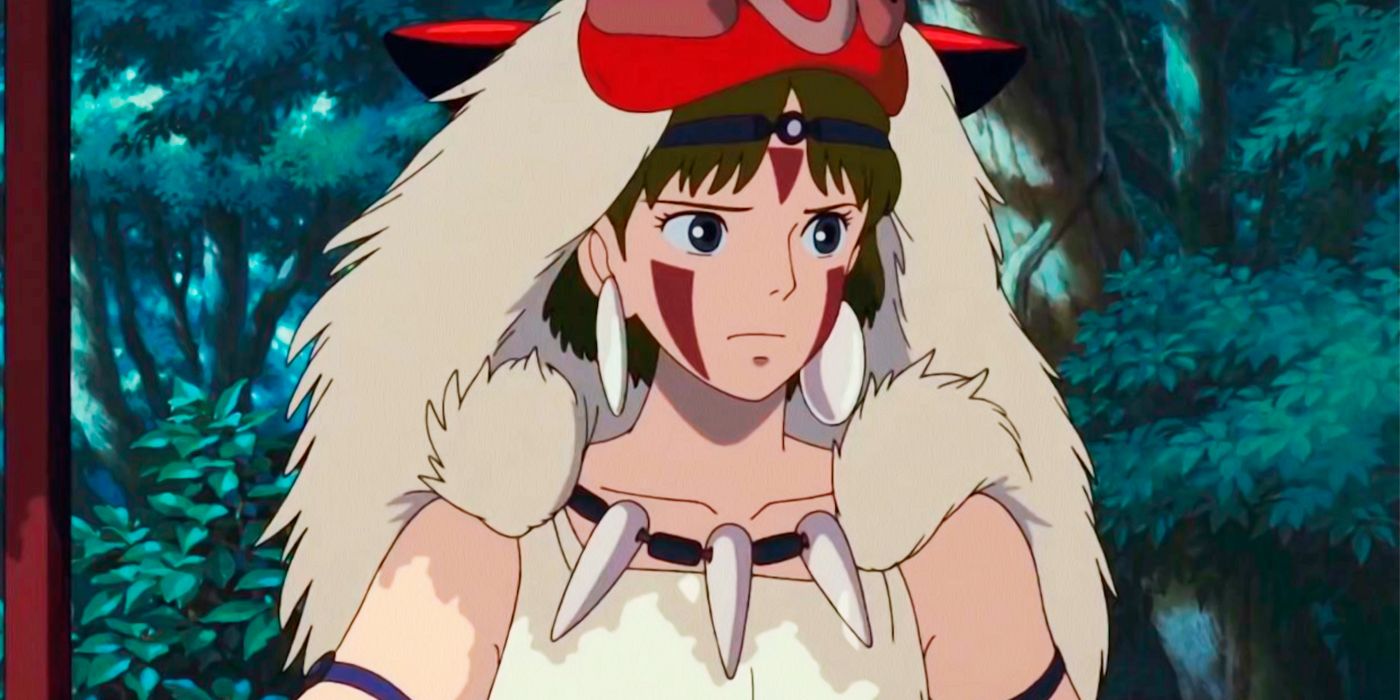
Princess Mononoke's Real Message Is About More Than the Environment
Hayao Miyazaki highlights the importance of breaking the stigma against people living with chronic illnesses in Princess Mononoke.Lady Eboshi's first conversation with Ashitaka is a revealing moment for her character. When Ashitaka shows her his bruised and cursed arm and explains how it will eventually kill him, Lady Eboshi shows no reaction or judgment to the boy's situation. She is cordial and gentle to Ashitaka despite him being a stranger to her and her town, but when he gives his brief speech about having "eyes unclouded by hate," Lady Eboshi laughs at him. Seeing him as not a threat, she reveals all her town's secrets of historic ironwork and weaponry, proud of everything she has accomplished.
Lady Eboshi is headstrong in her belief that progress is the best thing for her people and the world. Only after Ashitaka accuses her of causing more hatred — and by extension more conflict — is she apologetic for causing him harm. Lady Eboshi's empathetic speech to Ashitaka is counteracted by her overall lack of remorse for what she's done to the Spirits. She insults the boar Spirit — whom she shot before the current events of the film — along with all the Spirits, calling them foolish. This is a show of her unbalanced traits of compassion and ignorance.
Lady Eboshi has a large reserve of compassion for her people, especially among the women and lepers. Under the surface, her main goal goes beyond taking down the Forest Spirits and the Samurai — she wants to change the world by force. Lady Eboshi's ambitions are primarily rooted in honorable and moral goals, but she easily turns off her compassionate traits in exchange for convenient ignorance. While the Samurai army takes a villain role — motivated by land ownership and a power grab of Irontown — the Forest Spirits are given sympathy and genuine purpose.
The Forest is their home; by all accounts, they have a right to fight against any threat. Ironically enough, Lady Eboshi's domineering actions against the Forest aren't so different from the Samurai. Granted, it's revealed later in the film that she is pushed to target one of the major Forest Spirits by the character Jigo, but that doesn't take away from her callous treatment and perception of the Spirits. More than her resilience and commanding wit, Lady Eboshi's war against the Spirits is motivated by her ignorance.
To call Lady Eboshi a villain is missing the point of her heroic traits of compassion and progress for humanity, but she has more than enough villainous traits to still be considered a villain. Her antagonist role goes against the true conflict resolution — letting go of hate. While Ashitaka is the hero who embodies love for all, Lady Eboshi is the pillar of hatred supported by her ignorance and limited heroic traits. Among anti-villains, she has the most critically written nuance. She isn't good, she isn't bad — she's complicated, and her complexities serve as a core representation of the film's theme of mankind versus nature as well as love versus hate.
Lady Eboshi's varying character traits make her a believable human being to watch. She is a rare example of a character who the audience wants to forgive but has plenty of reasons to hate. Continuing the film's motif of choosing love over hate, this reaction to Lady Eboshi's character prompts the audience to focus on the good parts of Lady Eboshi and not hold her in contempt, no matter how difficult that may be. This layered nuance of her character is how she stands out among fictional villains even to this day. Throughout anime's history of villains, even anti-villains, there is one major trope that takes away from the impact of an antagonist.
Lady Eboshi Doesn't Fall for the Anime Sympathy Trope
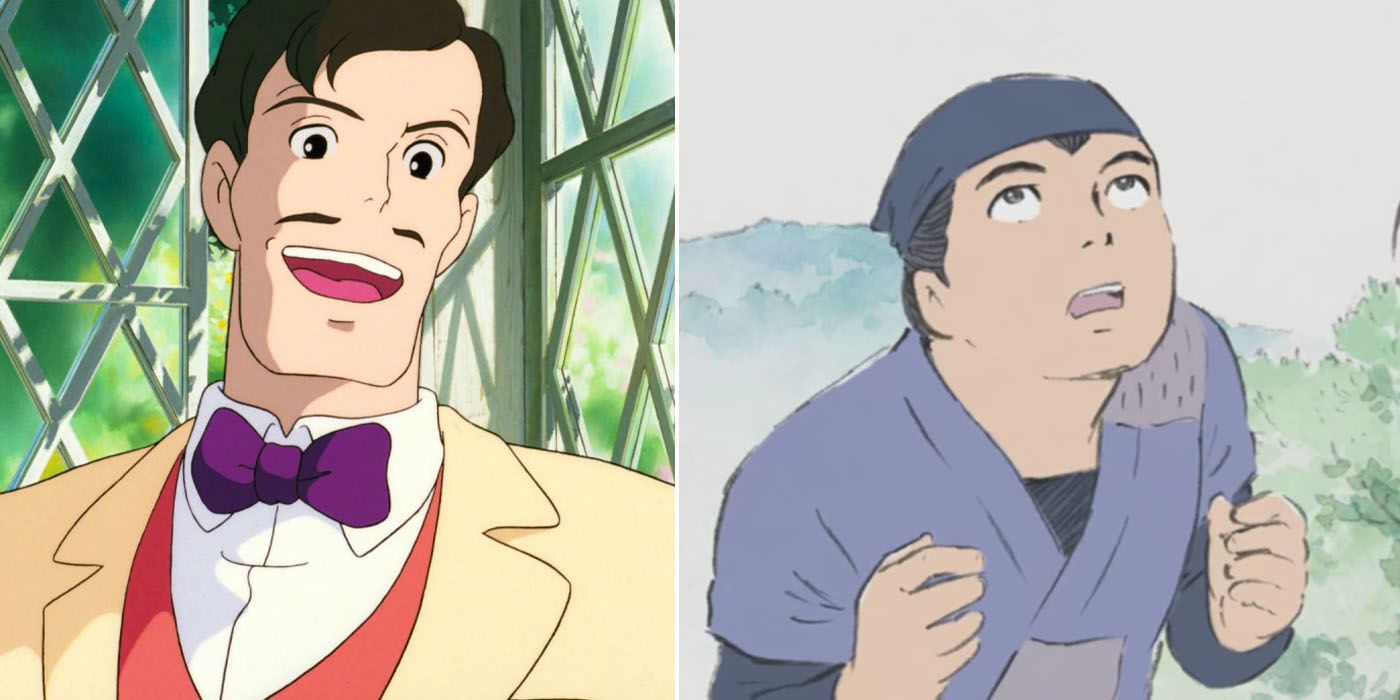
9 Studio Ghibli Characters Who Aged Poorly
Though Studio Ghibli has produced iconic work, some characters may not hold up through a modern lens.The Sympathetic Villain trope has been featured in anime for decades. This entails an antagonist who is committing their wrongdoings for justifiable reasons. As horrific as her actions are, Berserk's Rosine is as much of a victim as she is a villain. The trend to turn heinous villains into inspirational heroes came from Dragon Ball Z through villains like Vegeta and the Androids. While there is a noble cause behind these trends, there is a lack of complex villains like Lady Eboshi, who are hard not to hate. Her versatile morality makes her a relatable human, but her chosen actions against peace ultimately make her the antagonist — hence why she is an anti-villain.
Lady Eboshi avoids the predictable trope of sympathy in two different ways. She may have sympathetic reasons for her actions, but that isn't enough to redeem her. Secondarily, she isn't swayed to end her tirade against the Forest because she's learned the errors of her ways but more as a result of failing. By the end of the film, all of Lady Eboshi's flaws are revealed, including her inability to sympathize with the Spirits. There is no closing scene of her apology to those she has hurt; instead, she takes her failure to protect her people in stride and aims to try a different strategy. She doesn't let go of her plans against the Forest until after chaos ensues.
Perhaps, in a way, Lady Eboshi did learn from her conflict with the Forest, but that doesn't mean she is sympathetic to the Spirits that live there. From beginning to end, she is a level-headed strategist with an imbalance of compassion and ignorance — her greatest weakness is her arrogance. While most anime villains have a morality that leans toward good intentions or pure evil, Lady Eboshi has a grey morality. She isn't completely heroic or villainous, nor is she absolutely wrong or right, and that's the purpose of her character — few anime villains can achieve this standard.
Anime has a long history of intriguing, complex anti-villains who blur morals and challenge the hero. Despite the difference in industry and timing, Princess Mononoke's Lady Eboshi is one of the best examples of a morally grey animated character. There is no comparison to Lady Eboshi because of how equal her good and bad traits are. She is unpredictable and unrelenting, making the hero and audience question morality more than any other villain has before and after her.
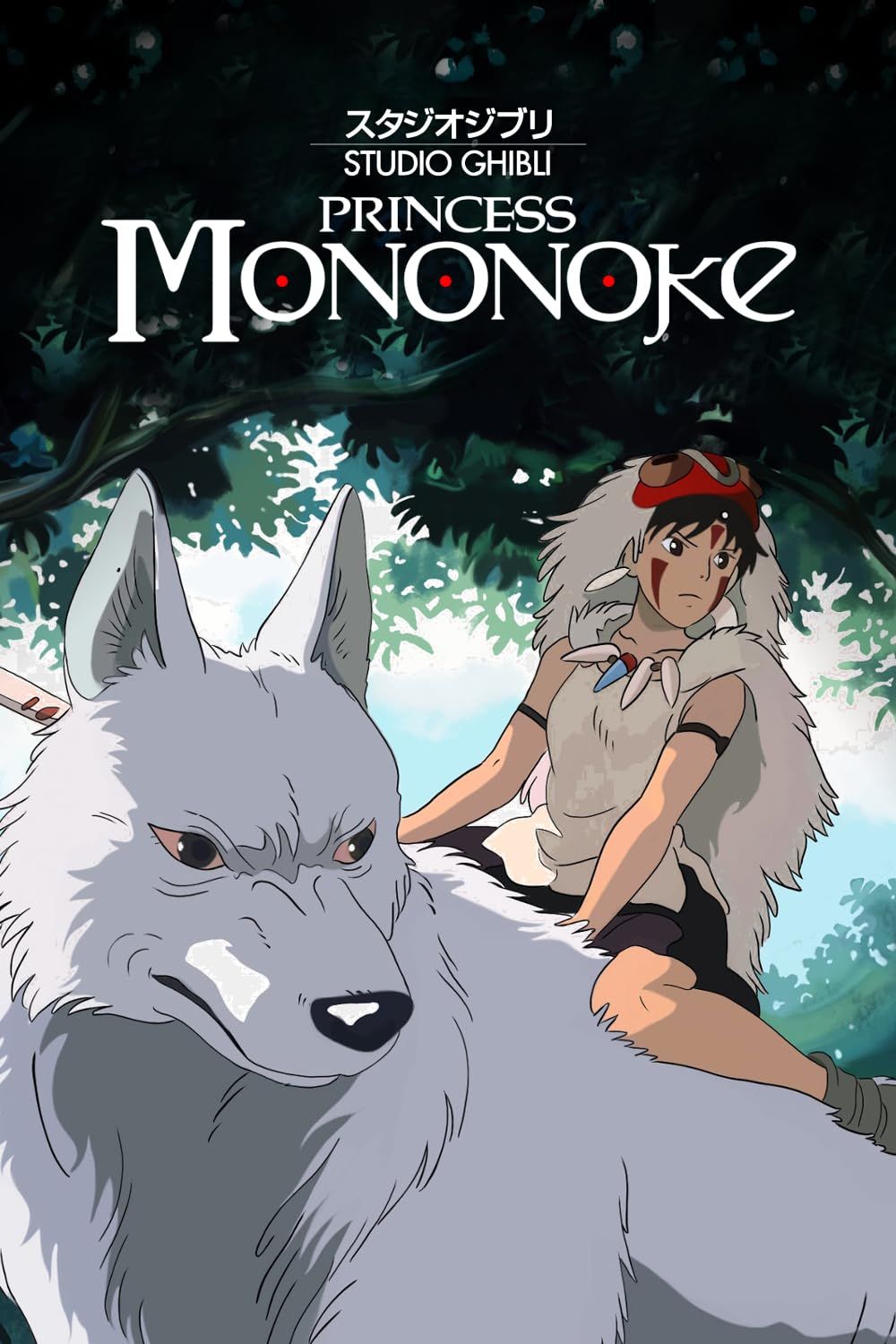
Princess Mononoke (1997)
On a journey to find the cure for a Tatarigami's curse, Ashitaka finds himself in the middle of a war between the forest gods and Tatara, a mining colony. In this quest he also meets San, the Mononoke Hime.
- Director
- Hayao Miyazaki
- Release Date
- December 19, 1997
- Studio
- Studio Ghibli
- Cast
- Yôji Matsuda , Yuriko Ishida , Yûko Tanaka
- Writers
- Hayao Miyazaki , Neil Gaiman
- Runtime
- 2 Hours 14 Minutes
- Main Genre
- Animation
- Production Company
- DENTSU Music And Entertainment, Nibariki, Nippon Television Network (NTV)
-
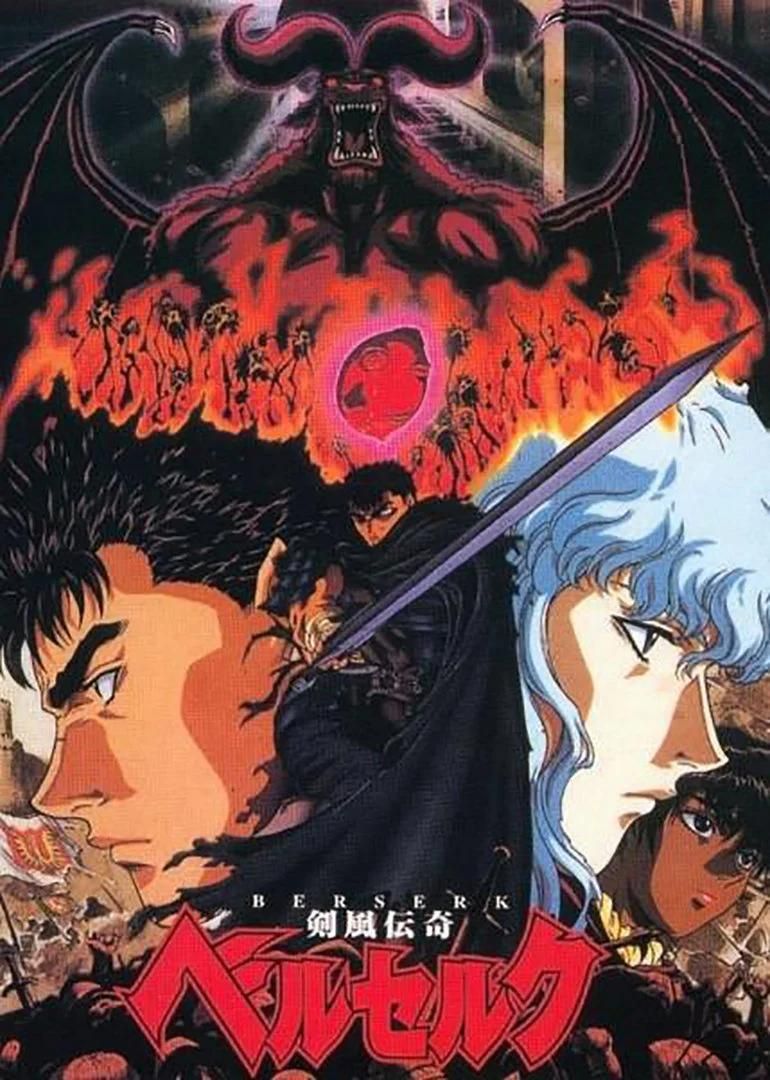
Berserk (1997)
Guts, a wandering mercenary, joins the Band of the Hawk after being defeated in a duel by Griffith, the group's leader and founder. Together, they dominate every battle, but something menacing lurks in the shadows.
- Release Date
- October 7, 1997
- Cast
- Marc Diraison , Kevin T. Collins , Carrie Keranen , Michelle Newman , Christopher Kromer , Jeff Ward , Mark Sebastian , J , David Brimmer , Sean Schemmel
- Main Genre
- Anime
- Seasons
- 1
-
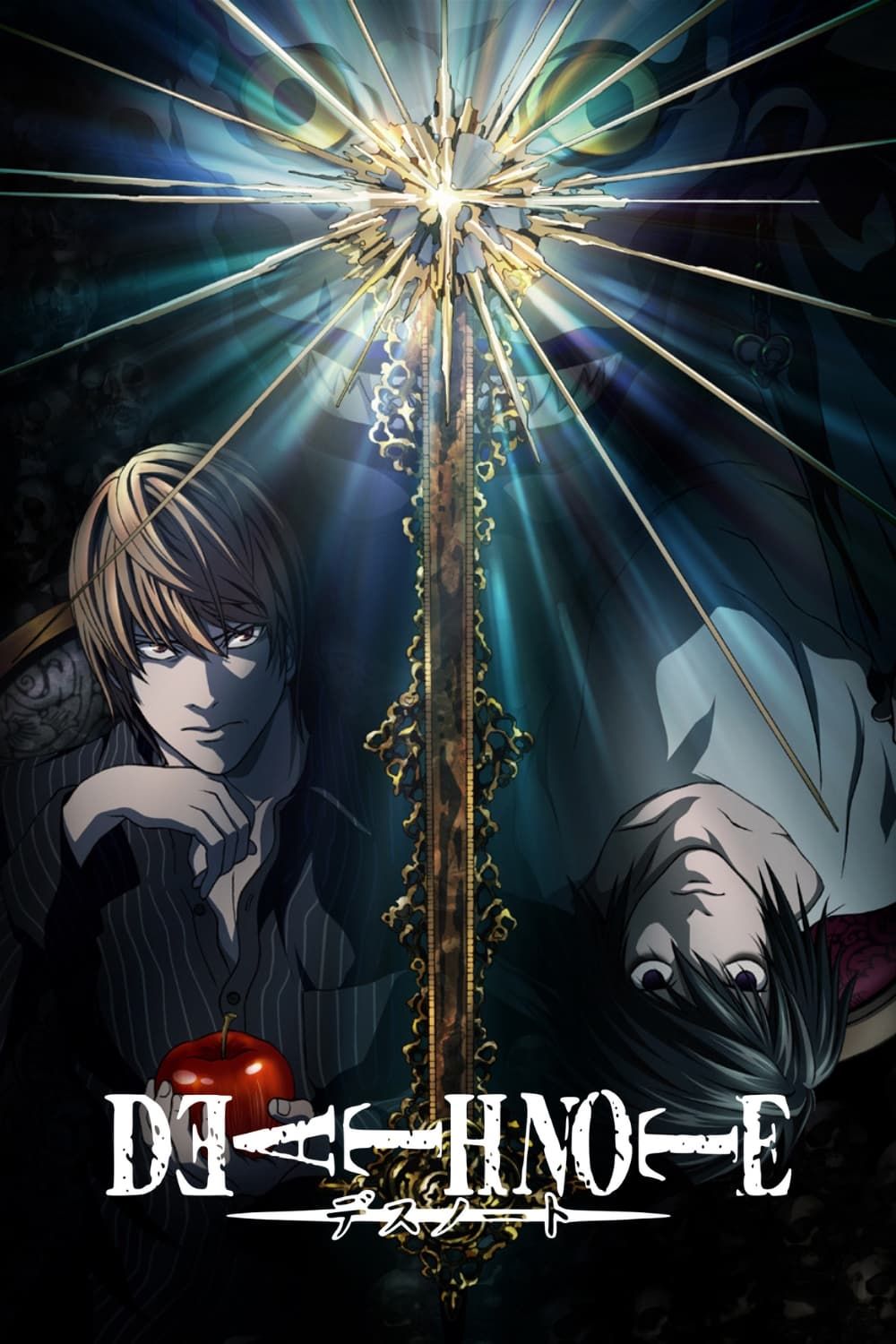
Death Note
Original title: Death Note: Desu nôto.
An intelligent high school student goes on a secret crusade to eliminate criminals from the world after discovering a notebook capable of killing anyone whose name is written into it.- Release Date
- October 21, 2007
- Cast
- Mamoru Miyano , Brad Swaile , Vincent Tong , Ryō Naitō , Trevor Devall
- Main Genre
- Animation
- Seasons
- 1
-
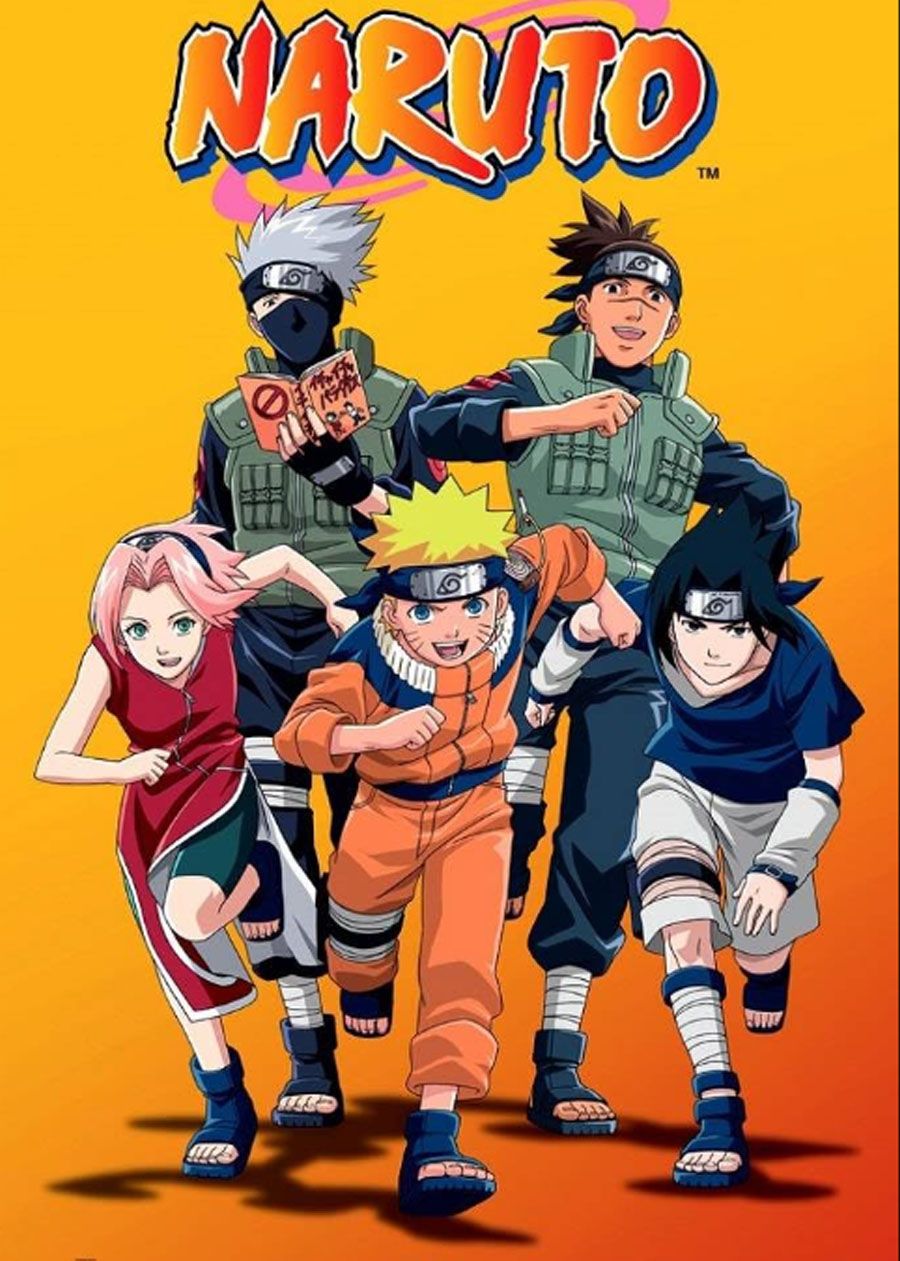
Naruto
Naruto Uzumaki, a mischievous adolescent ninja, struggles as he searches for recognition and dreams of becoming the Hokage, the village's leader and strongest ninja.
- Release Date
- September 10, 2002
- Cast
- Junko Takeuchi , Maile Flanagan , Kate Higgins
- Main Genre
- Anime
- Seasons
- 1
-
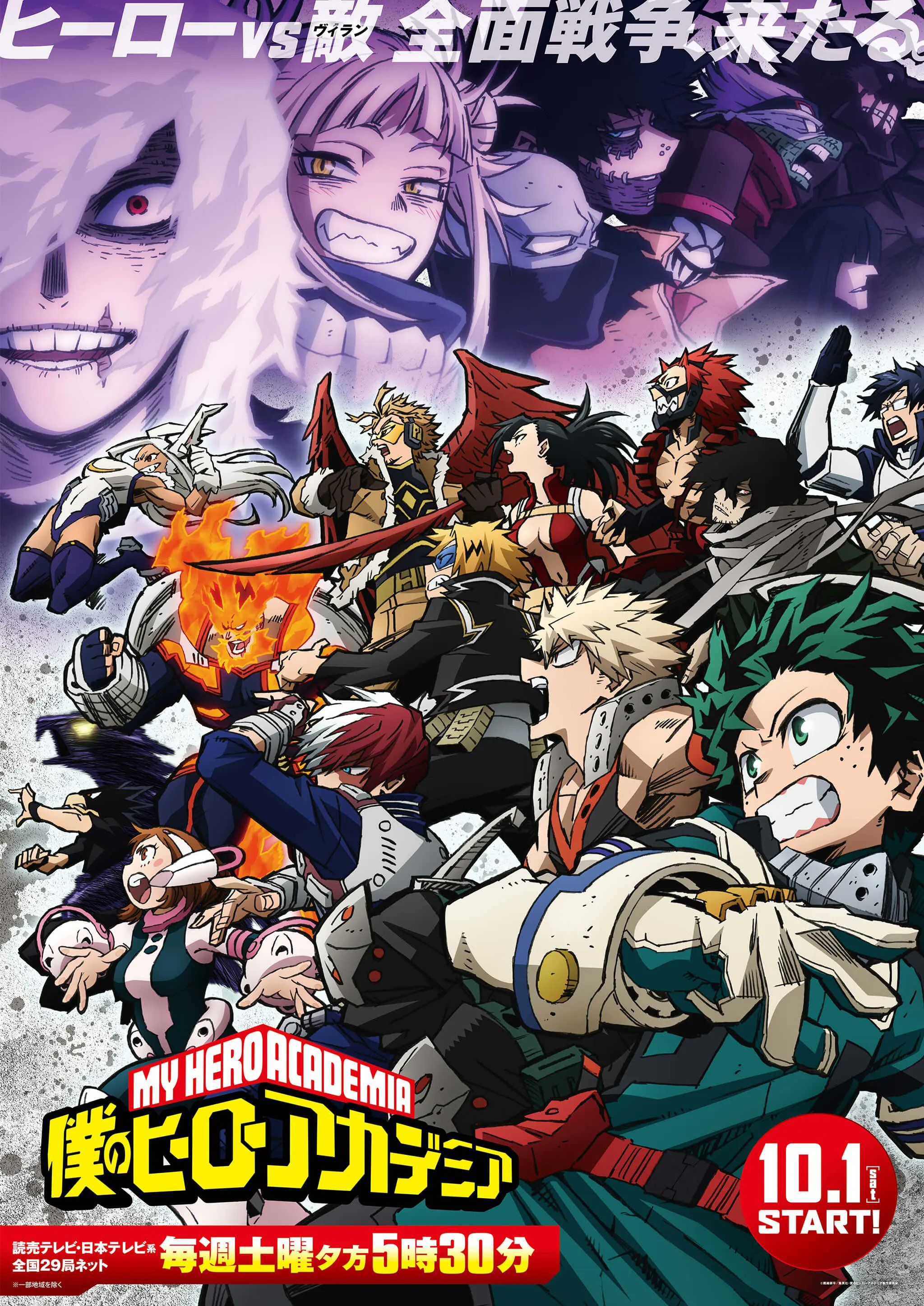
My Hero Academia
Izuku has dreamt of being a hero all his life—a lofty goal for anyone, but especially challenging for a kid with no superpowers. That’s right, in a world where eighty percent of the population has some kind of super-powered “quirk,” Izuku was unlucky enough to be born completely normal. But that’s not enough to stop him from enrolling in one of the world’s most prestigious hero academies.
- Release Date
- May 5, 2018
- Cast
- Daiki Yamashita , Justin Briner , Nobuhiko Okamoto , Ayane Sakura
- Main Genre
- Anime
- Seasons
- 6

